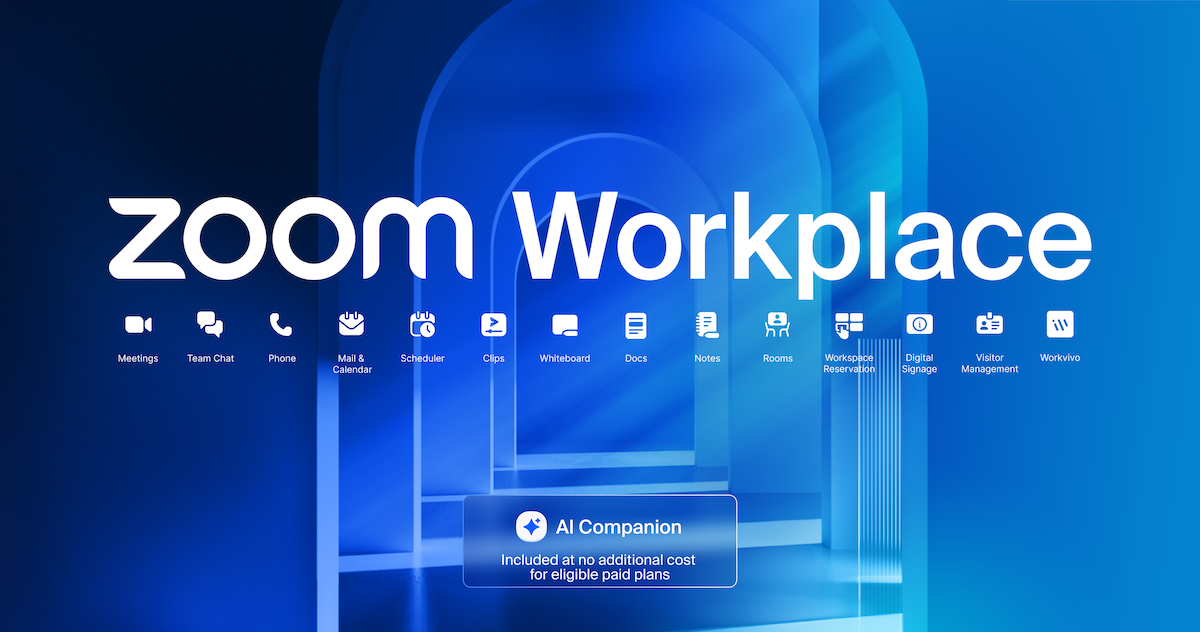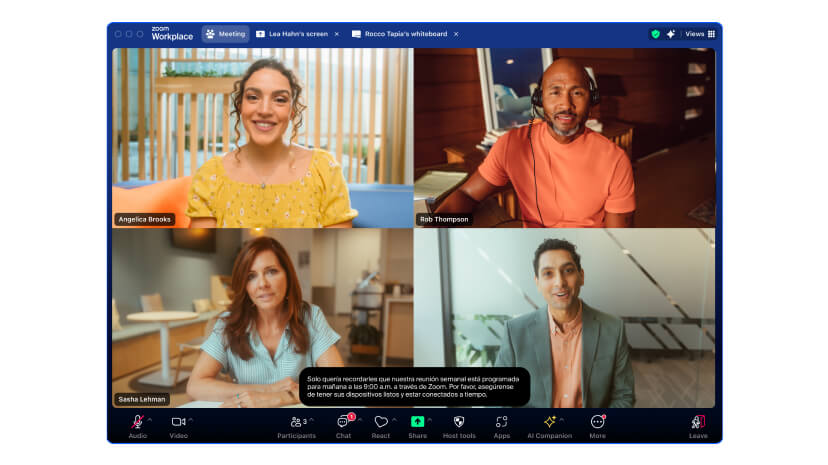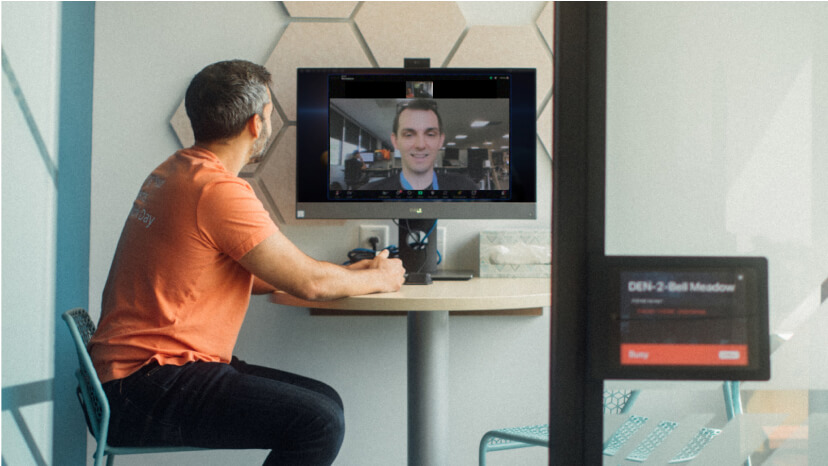Technology has made us more connected to one another than ever, even as we’ve grown increasingly more mobile. Thanks to smartphones, laptops, tablets, and other devices, we can connect with colleagues and clients at a moment’s notice, even when we’re not at a physical office location.
This “era of flexibility” has led to tremendous changes in how we approach work, which has uncovered new opportunities. But the ability to work from anywhere has also introduced some new communication challenges.
Here are a few reasons workplace communication can break down and become ineffective:














